In short, the answer is yes. Laminitis in Quarter Horses can be prevented through good management practices and a few precautions.
One of the best ways to prevent laminitis is to keep your horse healthy and at a healthy weight. This means providing them with a balanced diet and regular exercise. It’s also essential to have their hooves trimmed and shod regularly by a professional farrier.
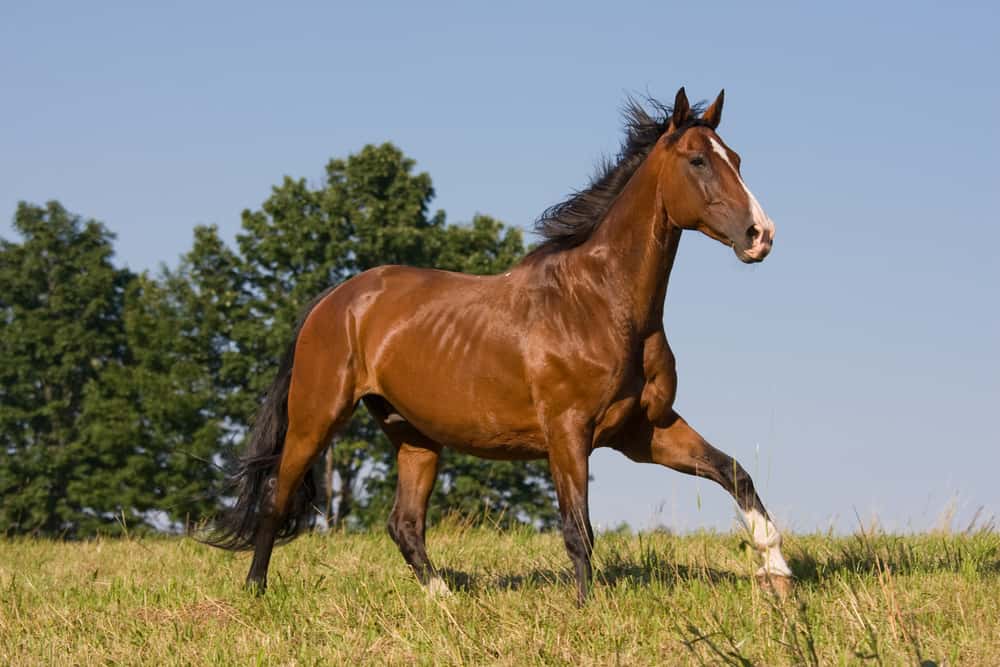
Another way to help prevent laminitis is to avoid putting your horse through unnecessary stress. This includes over-working them, trailer-loading issues, and needing to manage their pain adequately.
Finally, it’s essential to know the signs of laminitis so that you can catch it early and get your horse the treatment they need. The sooner laminitis is treated, the better the chances are for a full recovery.
These simple tips can help prevent laminitis in your Quarter Horse and keep them healthy and happy.
Table of Contents
Are quarter horses prone to laminitis?
Quarter horses are a popular breed, prized for their speed and agility. But are they prone to laminitis? Laminitis is a potentially deadly hoof disease that can strike any horse, but some breeds seem more susceptible than others. Let’s take a closer look at quarter horses and their risk for laminitis.
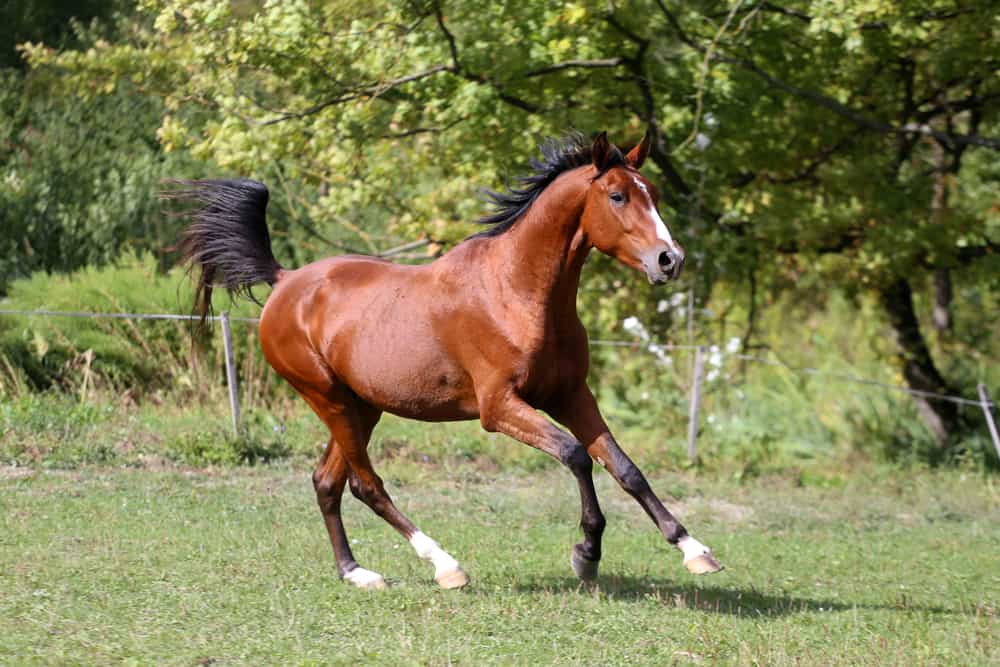
Quarter horses are particularly prone to laminitis. This is likely due to their genetics – some quarter horses have a higher risk of developing the disease than other breeds. Additionally, quarter horses are often kept on high-carbohydrate diets, which can contribute to the development of laminitis.
If you have a quarter horse, it is essential to be aware of the risk for laminitis and take precautions to protect your horse from the disease. Ensure your horse has plenty of fresh water and good-quality hay, and avoid feeding them too many sugary snacks or grains. If you notice any signs of laminitis, seek veterinary care right away.
What Causes Laminitis?
Laminitis is a hoof disease affecting horses, donkeys, and mules. It is a serious condition that can cause severe lameness and even death in some cases. Laminitis is caused by various things, including excessive weight gain, underlying illness or injury, and Cushing’s Syndrome.
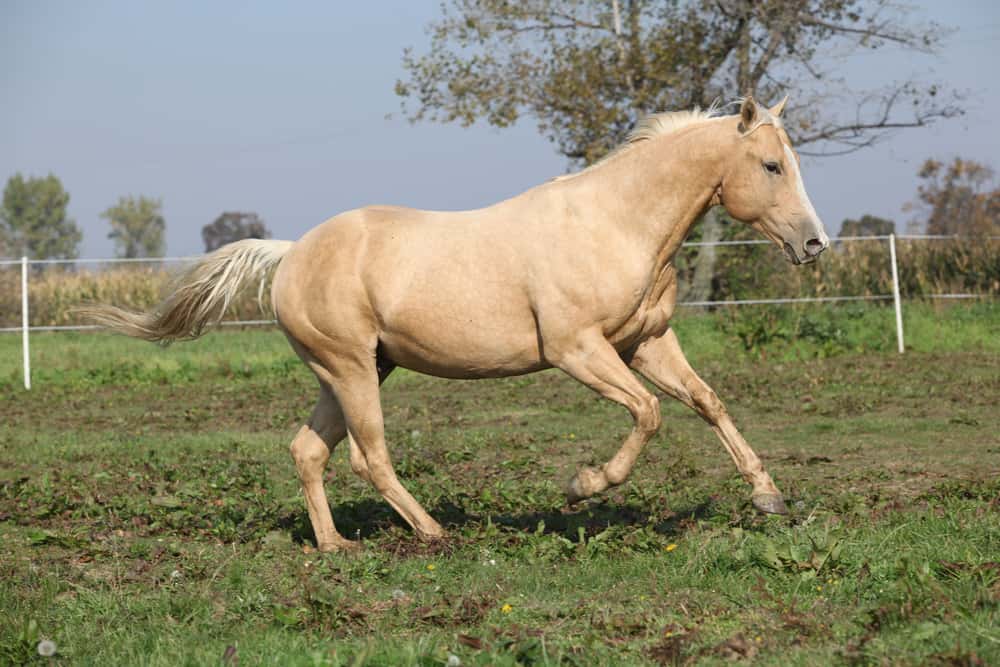
One of the most common causes of laminitis is excess weight gain. When a horse becomes overweight, the extra weight stresses the laminae in the hoof. This can cause the laminae to separate from the hoof wall, which disrupts blood flow and damages the foot.
Other causes of laminitis include underlying illness or injury. For example, horses with colic or pancreatitis are at risk for developing laminitis. And horses with a leg or foot injury are also at risk for developing the condition.
Another common cause of laminitis is Cushing’s Syndrome. Cushing’s Syndrome is a disorder that affects the endocrine system and results in excessive production of cortisol. Cortisol is a hormone that helps regulate blood sugar levels. When too much cortisol is produced, it can cause blood sugar levels to become too high, which can lead to laminitis.
Laminitis: Prevention & Treatment
Laminitis is caused by inflammation of the lamina, the thin layer of tissue that connects the hoof wall to the coffin bone.
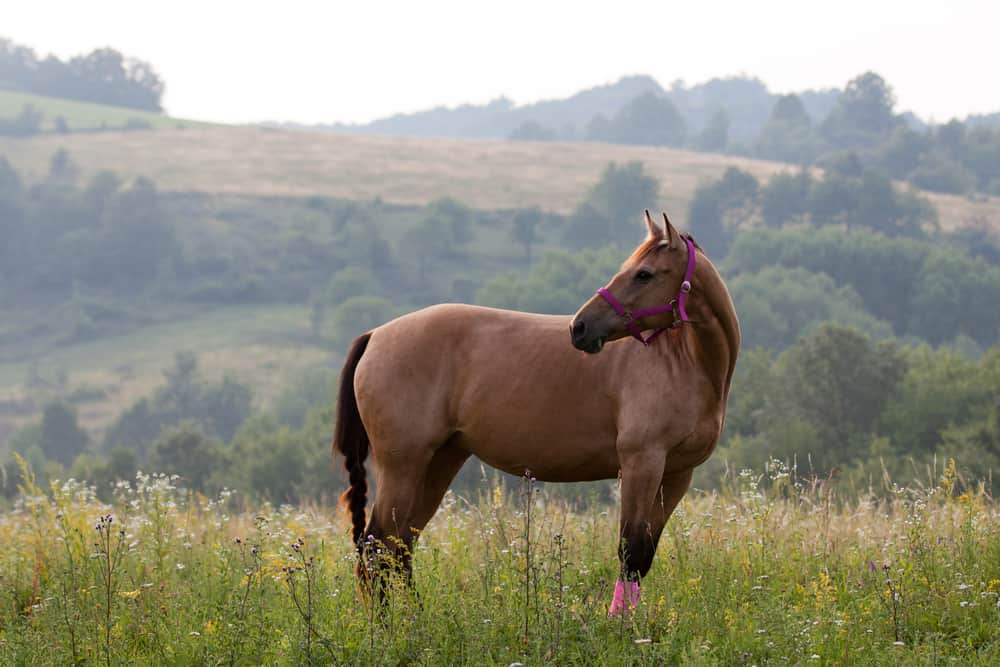
The most common causes of laminitis are:
- Overfeeding or feeding high-carbohydrate diets to horses who are not used to them
- Obesity
- Cushing’s disease (hyperadrenocorticism)
- Laminitis caused by infection or injury
The most common symptoms of laminitis are:
- Swelling and inflammation of the hoof wall
- Increased temperature of the hoof wall
- Lameness, especially in the hind limbs
- Pain when pressure is applied to the sole of the hoof
The most common treatment for laminitis is to rest the horse and provide them with a low-carbohydrate diet. If the horse is overweight, weight loss may also be necessary. In some cases, medication may be prescribed to reduce inflammation or pain.
Feeding Horses With Laminitis
A horse with laminitis should be fed hay, oats, and water. In addition, they should also be given supplements to help them heal. Some suitable accessories to provide a horse with laminitis include apple cider vinegar, turmeric, and omega-3 fatty acids. Feeding a horse with laminitis is essential to help them recover from the condition.
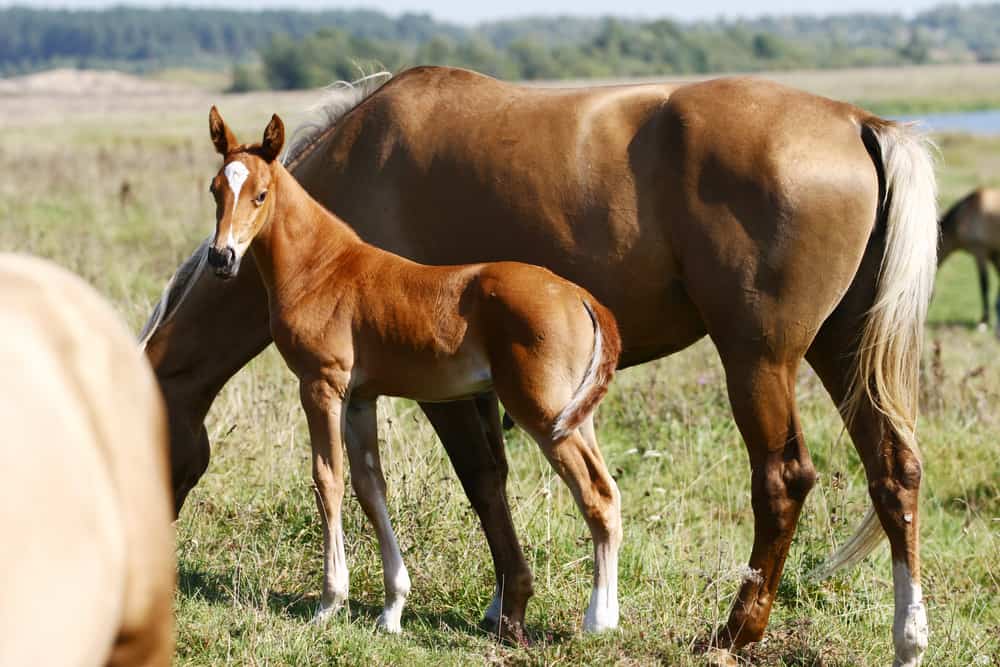
When feeding a horse with laminitis, it is essential to avoid giving them high-carbohydrate foods. This includes things like sweet feed, molasses, and grains. These foods can make the condition worse and should be avoided.
- Apple cider vinegar is an excellent supplement for a horse with laminitis because it helps reduce inflammation. It can be added to the horse’s water or feed.
- Turmeric is another good supplement to give a horse with laminitis. It is a natural anti-inflammatory and can help reduce swelling and pain. It can be added to the horse’s food or water.
- Omega-3 fatty acids are also an excellent supplement for a horse with laminitis. They help reduce inflammation and can be found in fish oil supplements.
Laminitis is a serious condition that can be painful and debilitating for horses. If you think your horse may have laminitis, it is essential to seek veterinary care immediately. Most horses can recover from the condition and return to regular activity with proper treatment.



